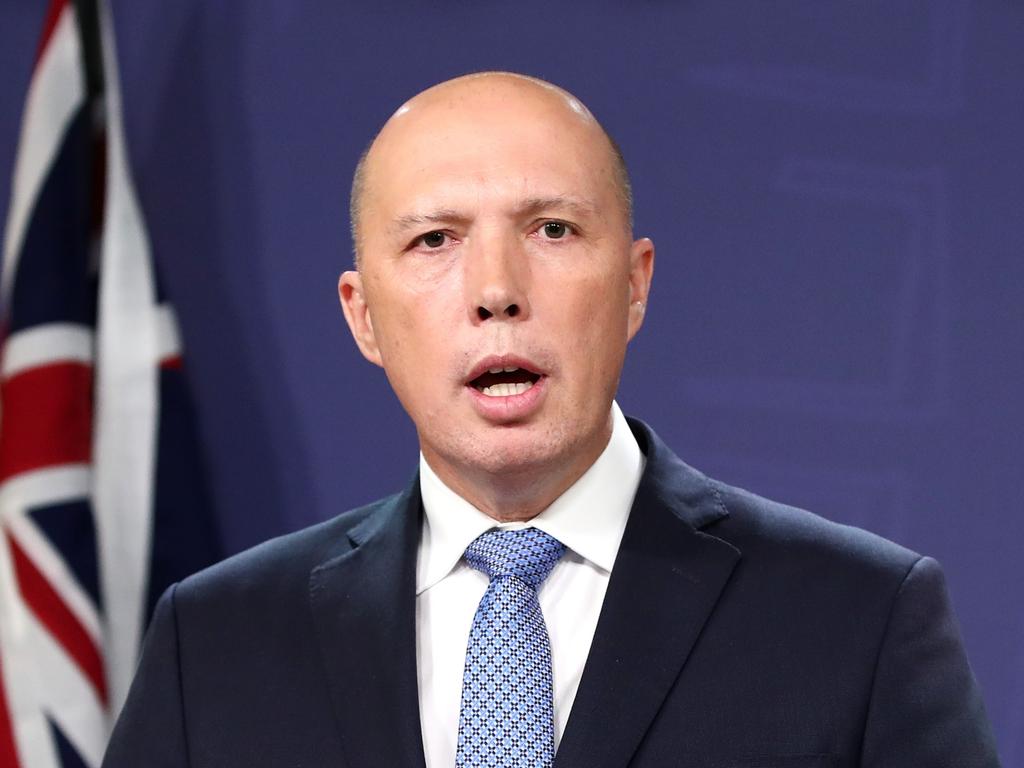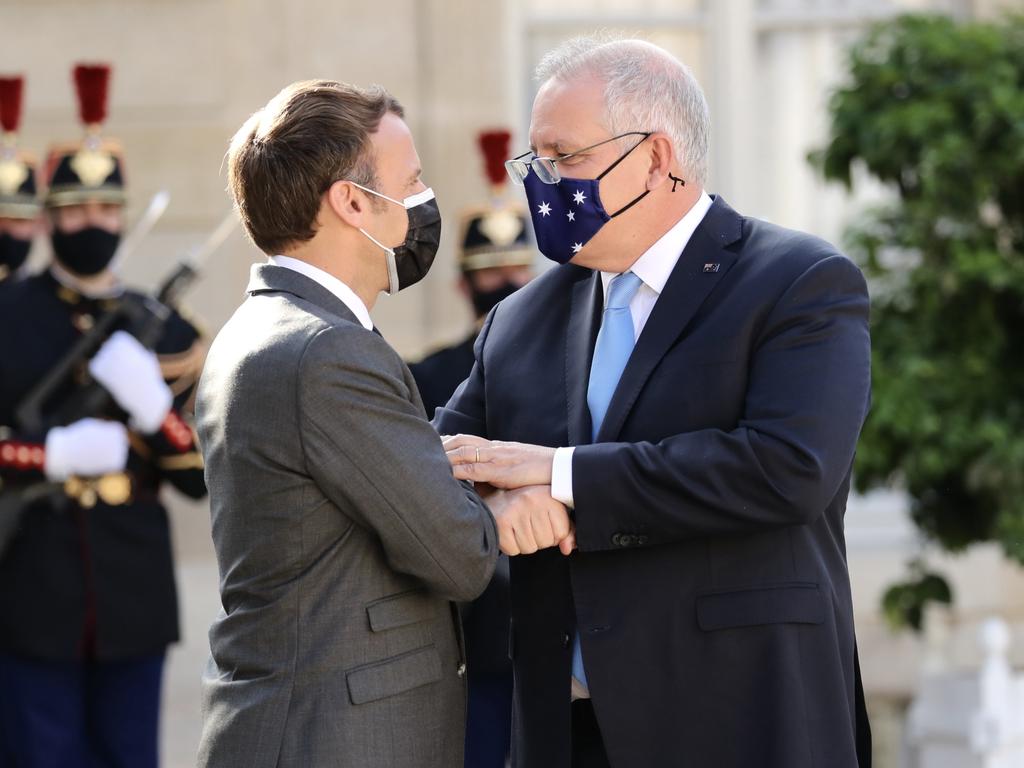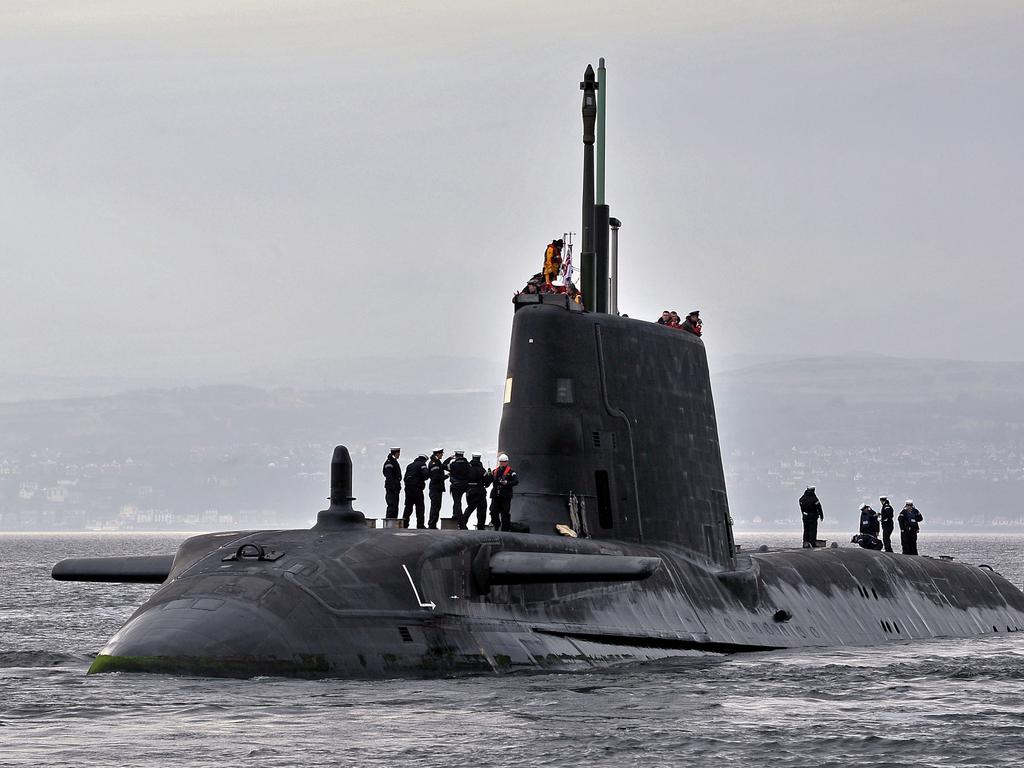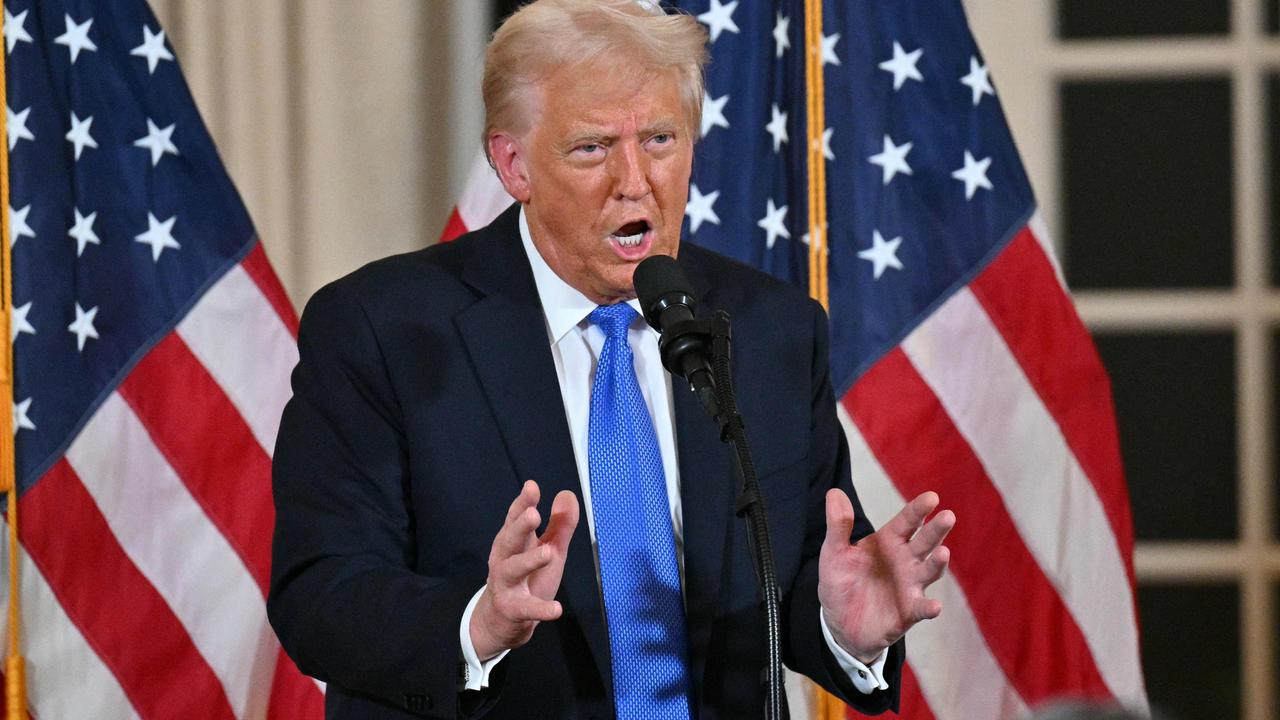Australia submarine pact targets China’s undersea weakness
Australia’s decision to build nuclear-powered submarines with US technology could form a vast defence network to help deter Beijing from expansionism.
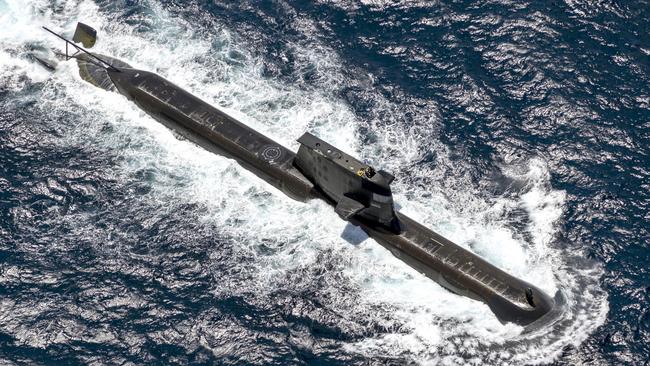
Australia’s decision to build eight nuclear-powered submarines with U.S. technology will buttress America’s undersea edge over China and could help create a network of submarine defenses from the Indian to Pacific oceans to help deter Beijing from expansionism.
China has rapidly built up its military in recent years, including over $200 billion in spending planned for this year, and now has a larger navy than the U.S.
However, the U.S. maintains an advantage below the surface of the sea with more powerful submarines that are harder to detect.
By sharing its technology with Australia and deepening defense ties, the U.S. will effectively augment its own Asian fleet as both countries focus on deterring China.
“It’s a resetting of the long-term military balance in the Indo-Pacific because these are extremely powerful strike weapons,” said Michael Shoebridge, director of the defense, strategy and national security program at the Australian Strategic Policy Institute, a government-backed think tank.
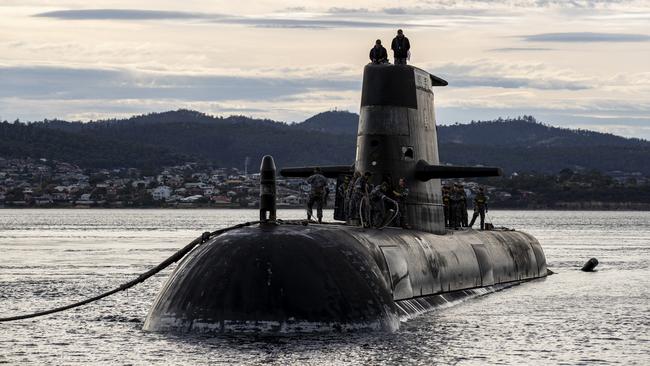
The first of Australia’s new attack submarines, which are designed to destroy other submarines and surface vessels, won’t be ready for over a decade. But they threaten one of China’s relative military weaknesses: the ability to locate and defeat submarines, particularly nuclear-powered vessels.
The Pentagon said in its annual report on China’s military last year that while Beijing was advancing in its undersea warfare abilities, “it continues to lack a robust deep-water anti-submarine warfare capability.” By agreeing to a deal with Australia on nuclear-powered submarines, the U.S. departed from decades of strict policies against sharing the technology. The Atomic Energy Act of 1954 precluded sharing U.S. nuclear technology with others, although the U.S. and U.K. later that decade signed a treaty calling for nuclear weapons co-operation.
“As our closest ally, there is a benefit to the U.K. having a nuclear deterrent of its own as well as nuclear reactor designs,” said Bryan Clark, a senior fellow at the Hudson Institute who specializes on naval issues.
Other countries have asked the U.S. to share its technology but have been rebuffed, Mr. Clark said. The U.S. permitted exports of diesel-powered submarines to other countries between 1945 and 1980, according to the nonprofit Nuclear Threat Initiative. Exports all but stopped in 1980, and no U.S.-made submarines have been exported since 1992.

The technology sharing will “contribute to what I call integrated deterrence in the region, the ability for the United States military to work more effectively with our allies and partners in defense of our shared security interests,” U.S. Defense Secretary Lloyd Austin said Thursday.
Underscoring the military tension in the region, a U.S. guided-missile destroyer transited through the Taiwan Strait on Friday, remaining in international waters, but demonstrating what officials said was a continuing U.S. commitment to free and open seafaring in the Pacific region.
China has shown its intention to improve its ability to counter submarines, including through the rare publicizing of an anti-submarine drill last year.
The U.S. and China have roughly the same number of submarines, but while all of the 52 U.S. attack submarines are nuclear powered, seven of China’s 62 attack submarines are nuclear propelled, according to the Pentagon. The rest are diesel powered and have to surface frequently to clear exhaust and charge batteries that provide additional power. Nuclear-powered submarines are also faster than diesel-powered vessels.
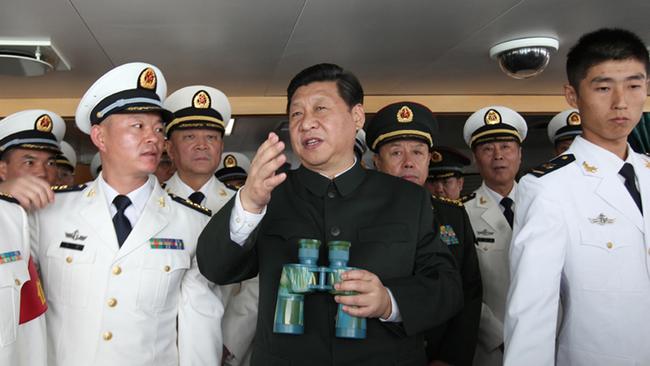
Security analysts say that growing defense co-operation among the U.S., Australia, Japan and India, an informal alliance known as the Quad that was formed around concerns about China’s rising power, could eventually lead to some co-ordination of their submarine fleets across the Indo-Pacific region.
India inaugurated its first nuclear-powered ballistic-missile submarine in 2018 and has around 15 diesel-electric attack submarines, while Japan operates around 24 diesel-electric attack submarines.
Euan Graham, an Asia-Pacific security analyst at the International Institute for Strategic Studies in Singapore, said Australia’s southern location means its submarines could play a role alongside India in security in the Indian Ocean.
“That would become a kind of network-enhancing multiplier, which would make life very difficult to operate on the surface and below it,” he said.
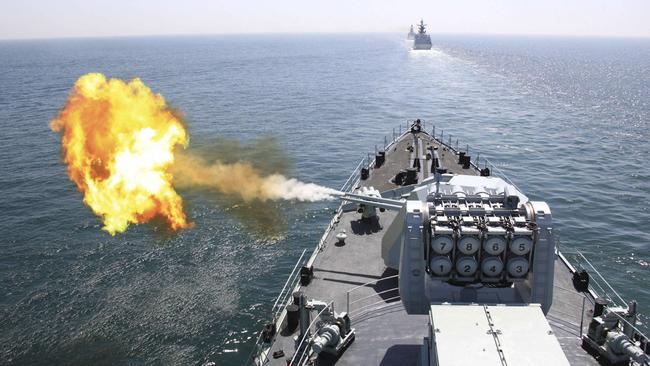
Broader networks of co-ordination among submarine fleets could also help ensure that important trade routes in the Indo-Pacific region are kept open and protect important waterways such as the Strait of Malacca between Malaysia and Indonesia. Mr. Graham said such arrangements would require major steps forward in military information and intelligence sharing.
The leaders of the Quad are set to meet in Washington on Sept. 24 and will discuss ways to promote a free and open Indo-Pacific, according to the White House.
Security analysts warn that China’s military capabilities will advance in the years it takes Australia’s new submarines to arrive and say that while eight submarines are expected, only two or three are likely to be at sea at any one time. Nonetheless, they are seen as significant for the military balance in the region.
“This will be a major force that will have significant strategic weight against any adversary,” said Sam Roggeveen, the director of the international security program at the Lowy Institute, a Sydney-based foreign-policy think tank.
Rhiannon Hoyle contributed to this article
WSJ


